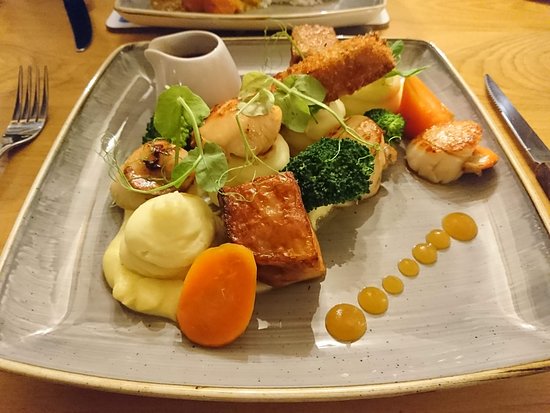Na h-Eileanan Siar (Western Isles)
WELCOME TO Na h-Eileanan Siar (Western Isles)
Province Overview
Stornoway
3,074 km2
27,500
Scottish Gaelic
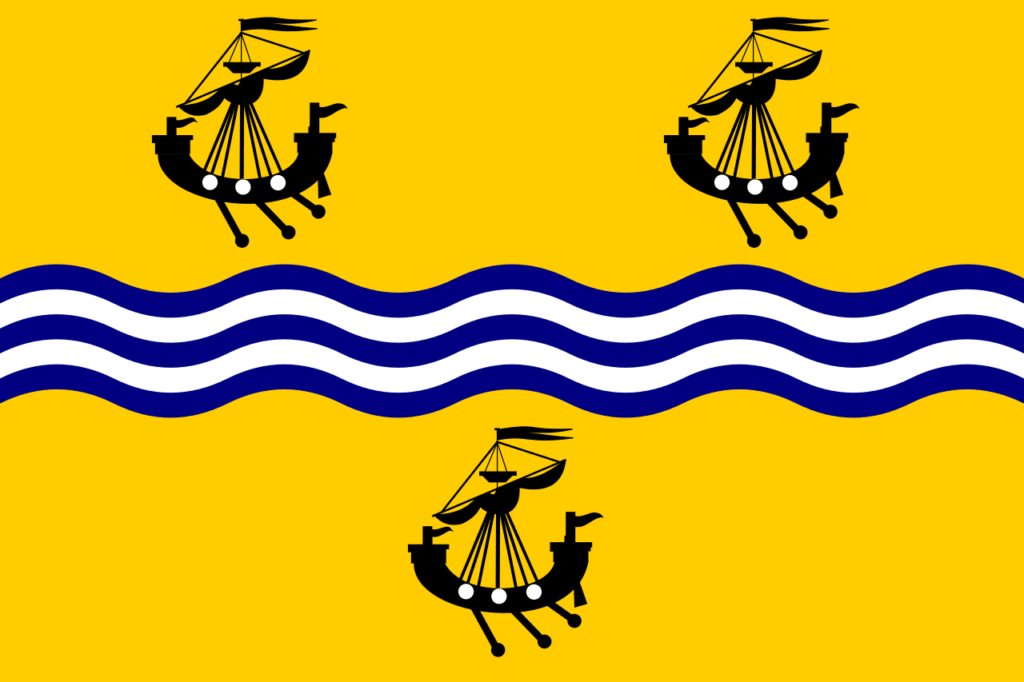
Popular
Geography and Tourist Attractions
Information about the province's tourist attractions, including popular destinations, events, and activities.
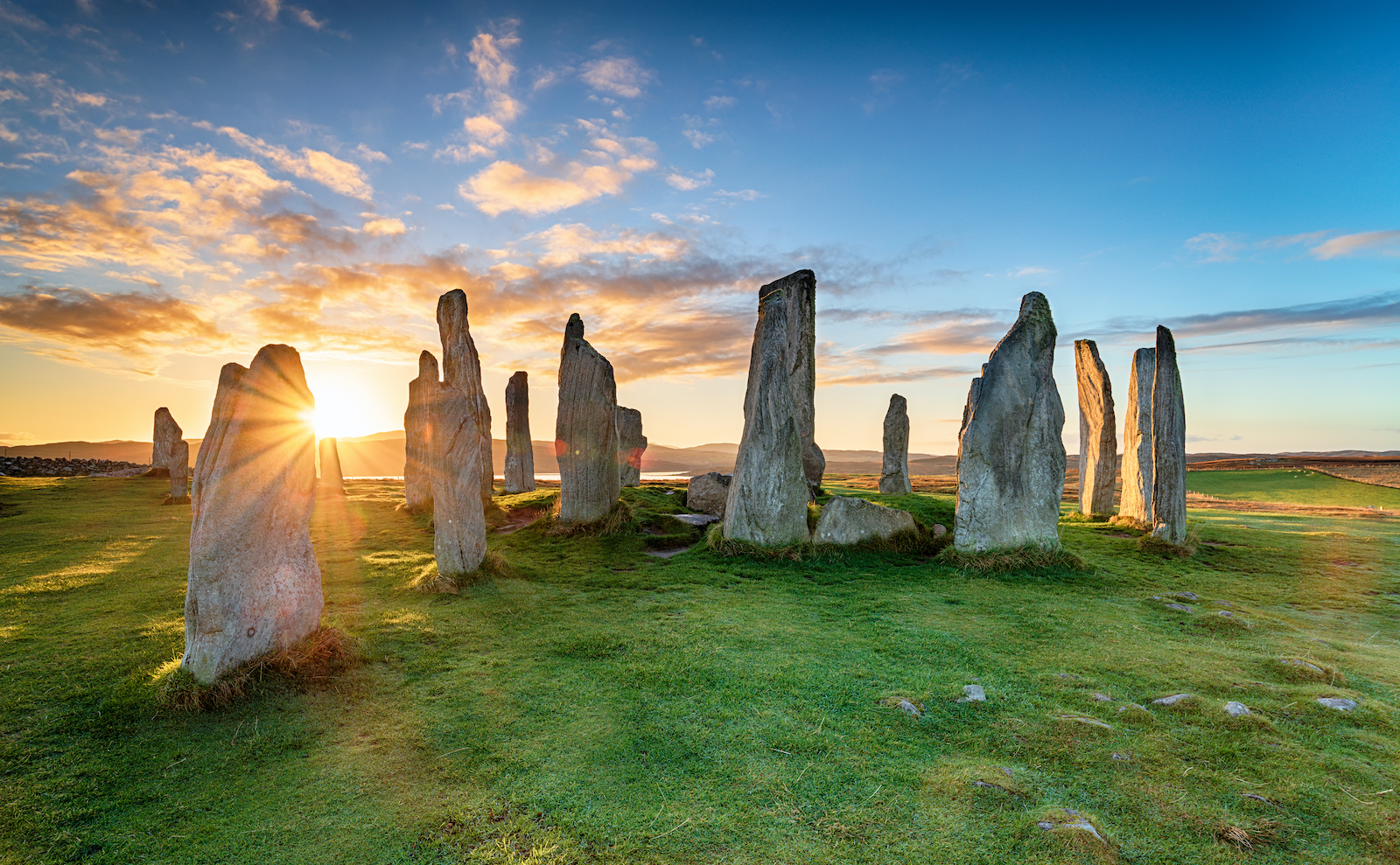
The Callanish Standing Stones
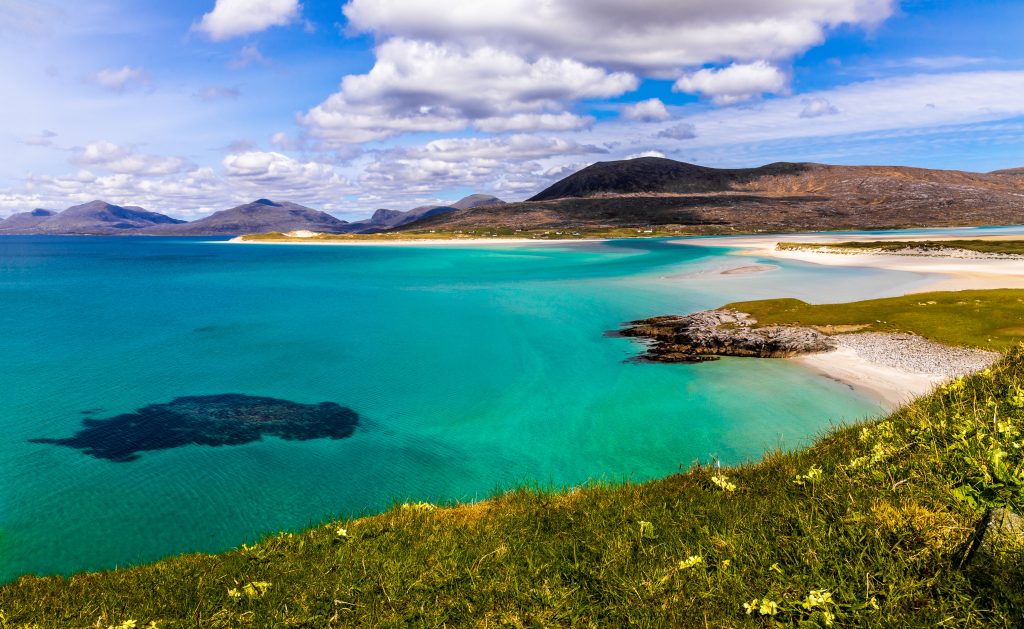
The Isle of Harris
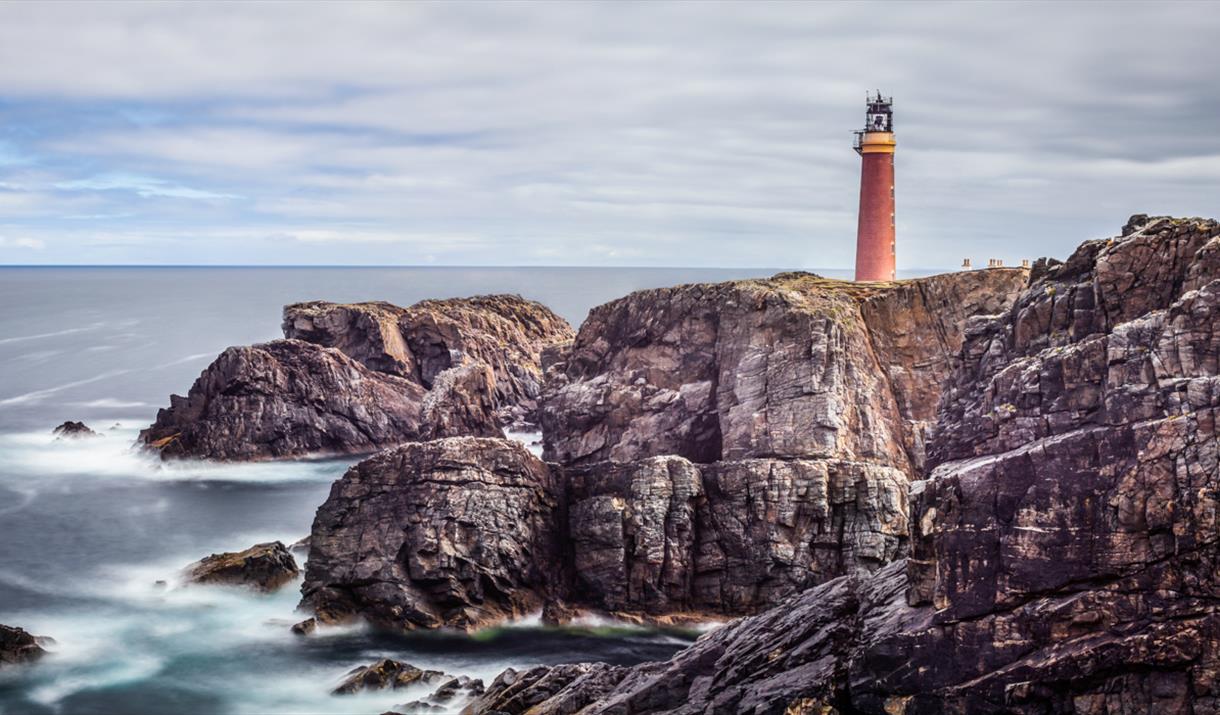
The Butt of Lewis Lighthouse
Political
Economy and Government
The economy of Na h-Eileanan Siar, also known as the Western Isles, is largely based on agriculture, fishing, and tourism. The province is home to a significant number of crofters who practice traditional small-scale agriculture, raising sheep, cattle, and other livestock. Fishing is also an important industry, with many communities relying on fishing for their livelihoods. The province's coastal waters are home to a variety of fish and shellfish, including lobster, crab, and scallops, which are harvested by local fishermen.
Tourism is another important contributor to the economy of the Western Isles, with visitors drawn to the province's stunning landscapes, rich cultural heritage, and unique wildlife. The province is home to a number of historic sites and attractions, including the Callanish Standing Stones and the Gearrannan Blackhouse Village, which offer visitors a glimpse into traditional island life.
The province of Na h-Eileanan Siar is governed by Comhairle nan Eilean Siar, which is responsible for providing a range of public services, including education, social services, and housing. The council is made up of 31 elected members and is led by a convener. The council works closely with other organizations and agencies to promote economic development and improve the quality of life for residents of the province. The Western Isles also has a Member of the Scottish Parliament who represents the province's interests at the national level.
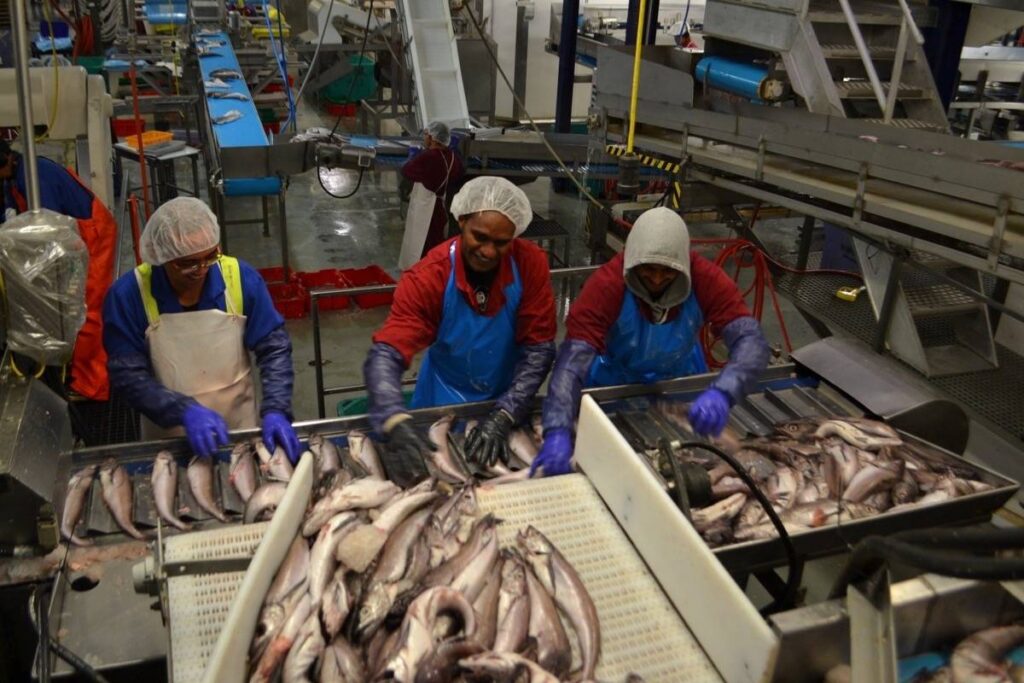
History
History and Culture
The province of Na h-Eileanan Siar, also known as the Western Isles, has a rich history and culture that dates back thousands of years. The province is home to a number of important archaeological sites, including the Callanish Standing Stones, which are thought to have been erected around 2900 BC.
The Western Isles were also home to the Kingdom of the Isles, a Norse-Gaelic kingdom that existed from the 9th to the 13th centuries. The kingdom was centered on the Isle of Man but also included the Western Isles and parts of the Scottish mainland. The kingdom played an important role in the development of Gaelic culture and language in the region.
Today, the province is home to a vibrant Gaelic culture, with many residents speaking Scottish Gaelic as their first language. The province's cultural heritage is celebrated through a range of festivals and events, including the Hebridean Celtic Festival, which takes place in Stornoway each summer.
The Western Isles are also known for their traditional arts and crafts, including the production of Harris Tweed, a handwoven woolen fabric that is recognized around the world. The province is home to a number of museums and cultural centers, including the Museum nan Eilean, which tells the story of the Western Isles' rich history and culture.
HOTELS
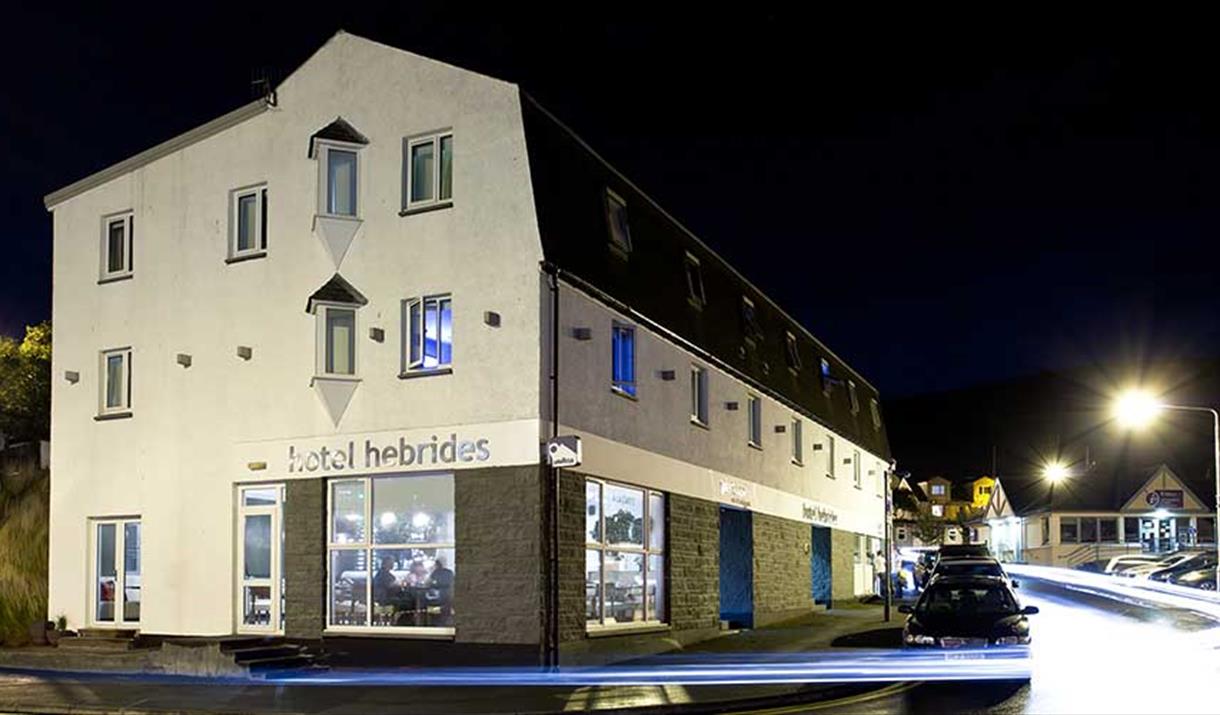
Hotel Hebrides
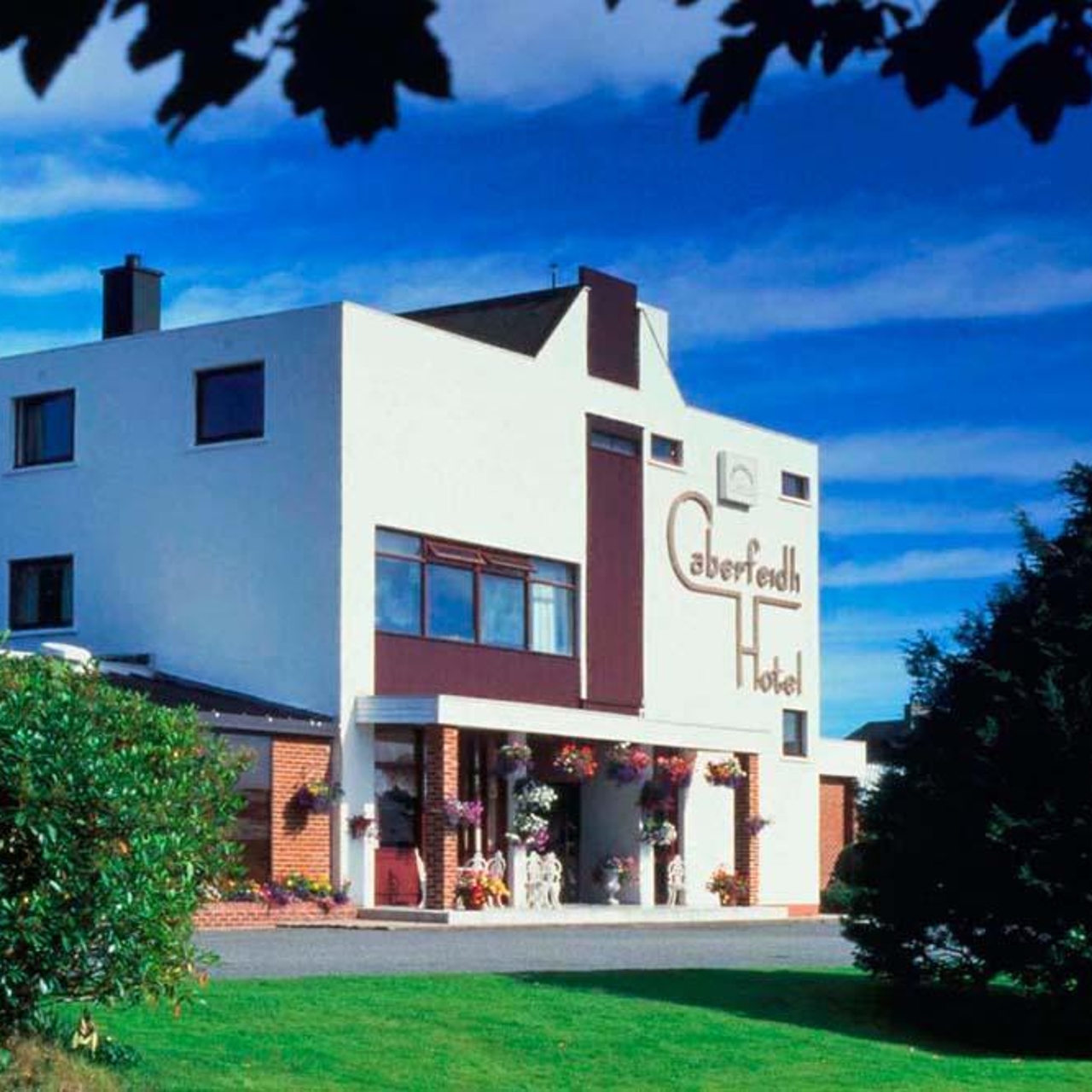
The Cabarfeidh Hotel

Langass Lodge
RESTAURANTS
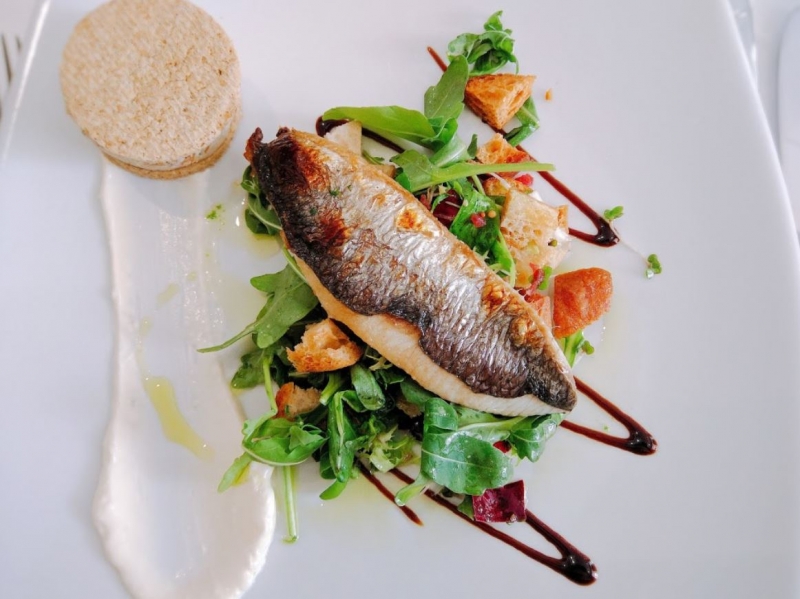
Digby Chick
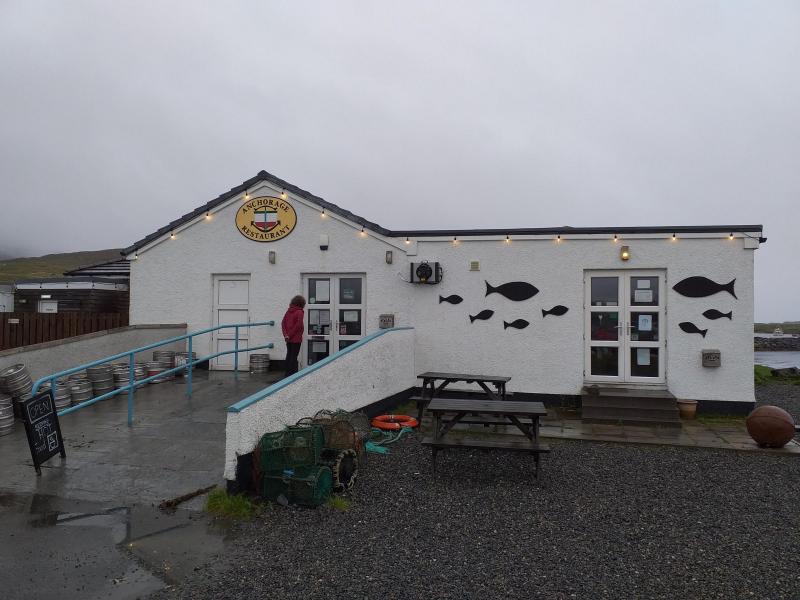
The Anchorage
